TravelingForMiles.com may receive commission from card issuers. Some or all of the card offers that appear on TravelingForMiles.com are from advertisers and may impact how and where card products appear on the site. TravelingForMiles.com does not include all card companies or all available card offers.
Other links to products and travel providers on this website will earn Traveling For Miles a commission that helps contribute to the running of the site. Opinions, reviews, analyses & recommendations are the author’s alone and have not been reviewed, endorsed, or approved by any of these entities. Terms apply to all credit card welcome offers, earning rates and benefits and some credit card benefits will require enrollment. For more details please see the disclosures found at the bottom of every page.
I usually do my best to avoid the British Airways A380 when I’m traveling across to London because it still features the airline’s ancient Club World seat (and will probably do so until 2026) and because the aircraft has reliability issues that can result in delays and cancellations that I can do without (see this Flyertalk thread).
Nevertheless, sometimes taking the earlier departure out of LAX (a departure which is usually operated by a 777 with the new Club Suite Business Class cabin) makes the cost of the fare skyrocket, so I roll the dice and take my chances with the later, A380, flight.
The British Airways LAX airport experience
British Airways operates out of the Tom Bradley International Terminal at LAX (TBIT) and the airline’s regular check-in lines are invariably long.
Because the A380 Business Class cabin can hold up to 97 passengers, the lines for Business Class can be depressingly long as well.
Fortunately for me, I hold British Airways Gold status (OneWorld Emerald status) and this allows me to use the First Class check-in line, which is usually quiet.
Unfortunately for me, British Airways isn’t very good at staffing its First Class check-in desk at LAX, so this is very often what I see when I turn up with a bag that I need to put in the hold.
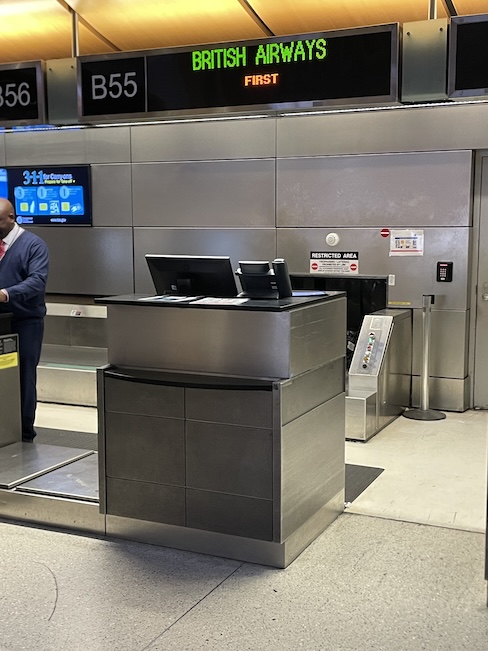
This occasion was no different, and even though the Business Class agent could see that there were 6 people in the First Class check-in lane, they didn’t proactively call any of those customers over. They continued attending to the Business Class line.
I admit, this annoyed me a bit, but as I hadn’t paid thousands upon thousands of dollars for First Class, I didn’t feel there was much I could do.
A fellow passenger (who was traveling in First Class) had no such issue, so after we had been waiting for 10 minutes and there was still no sign of us being served, he went over to the Business Class desk to find out what was going on.
5 minutes later, another member of staff appeared from a door behind the desks and we finally had someone to check us in.
Generally speaking, this kind of level of service that you can expect at least 50% of the time when flying with BA though LAX and it’s not a good look for the airline.
Fortunately, the TSA PreCheck security line was light and moving swiftly (I almost never have issues with TSA at LAX), so once I had my bag checked in, it wasn’t long before I was airside and heading to the Qantas lounge.
Boarding
Boarding was called approximately 45 minutes before our scheduled departure time and passengers were processed by the terminal’s biometric gates.
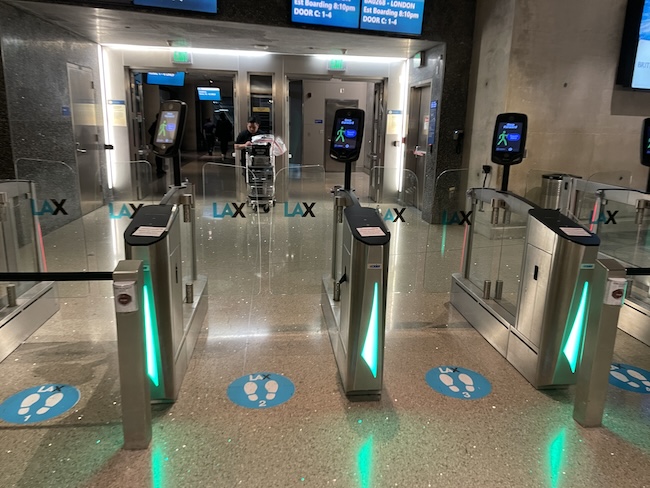
Inexplicably, however, boarding had been called before the aircraft was ready to accept passengers, so dozens of people found themselves waiting between the biometric gates and the entrance to the jet bridges when they could have been waiting in the relative comfort of the gate area.
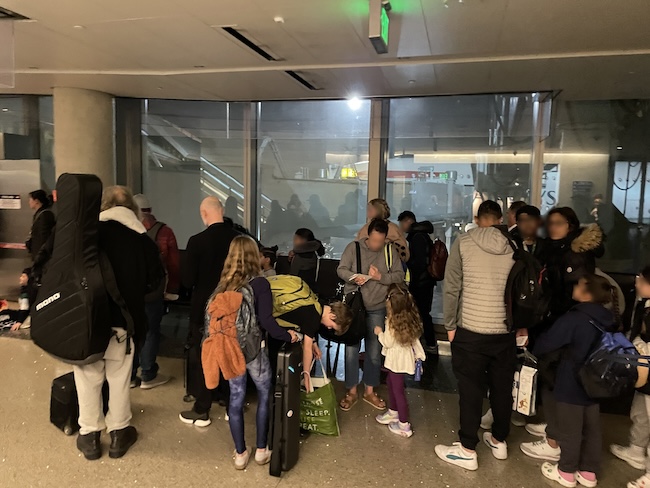
This is far from the first time that I’ve waited in no man’s land because of an early boarding call from BA staff at LAX, and I have yet to work out why this happens.
How hard can it be to ask the crew if they’re ready for boarding?
If they’re ready, great, let’s go. If not, how about letting passengers remain in the gate area where kids and the elderly can take a seat?
On the whole, I’m a big fan of BA’s crews and ground staff, but LAX is one airport at which I think they drop the ball far too often.
Anyway … after 10 minutes of waiting by the jet bridges, we were allowed to board, and I made my way on to the upper deck of the British Airways A380.
British Airways A380 Business Class cabin (Club World)
Business Class is split across both decks of the British Airways A380 with 44 seats positioned behind the First Class cabin on the main deck …

… and 53 seats occupying a front section of the upper deck.

The seat layout in this Business Class cabin is often described as having a ‘ying-yang’ formation thanks to the fact that half the seats face forwards, and half the seats face the rear of the aircraft.
If you’re not a fan of ‘flying backwards’ be careful which seat you choose.
I don’t mind which direction I face once I’m onboard, but I do care where I sit, so where possible, I always pick the Business Class cabin on the upper deck of the A380.
I do this for three reasons:
- With one less seat in the center section, the Business Class cabin on the upper deck feels less like a flying dormitory than the cabin on the lower deck (even though the upper deck is narrower).
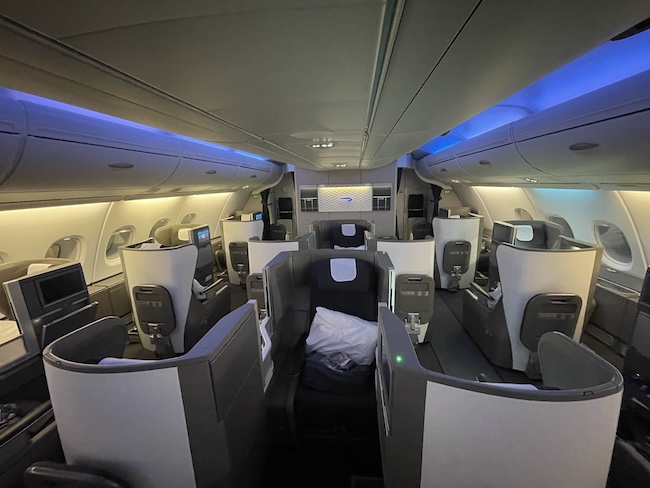
- The two bathrooms at the front of the upper deck cabin are huge and are a good place in which to get changed.
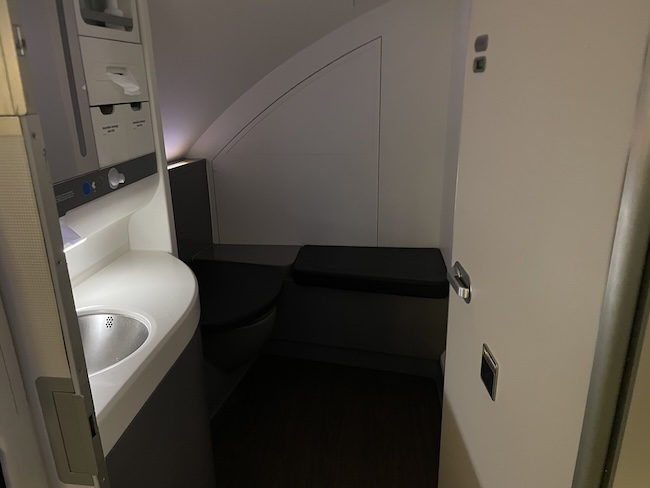
- The window seats on the upper deck have access to storage bins that are right next to the seat (under the windows) and these are very useful at a seat that, otherwise, has very little storage space at all.
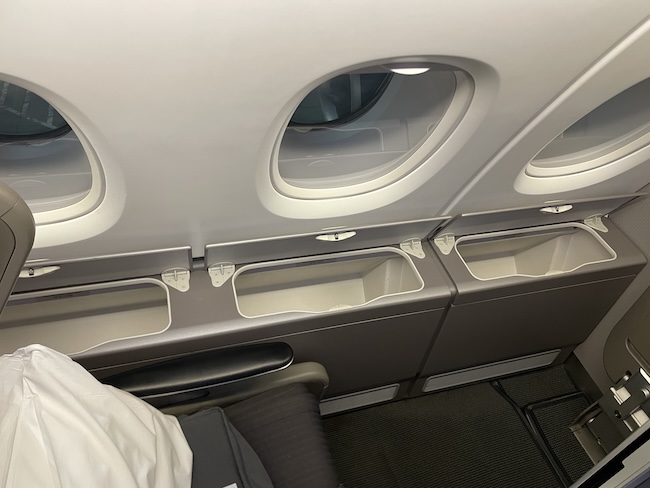
For solo travelers, couples, and people traveling in a group of 3, the upper deck Business Class cabin is the better of the two.
For families of two adults and two children, the Main deck cabin may work better with its 4 central seats at every row.
The Club World Business Class seat
Because this British Airways Business Class seat was designed at the dawn of time and has been around for centuries, it has very little in common with most modern Business Class seats.
One of this seat’s many issues is that it doesn’t offer direct aisle access for all passengers, and this means that most passengers in the cabin will either have to climb over someone to get to an aisle or will find that their neighbor will climb over them to get to the aisle from time to time.
Some seats, however, can save you from this issue thanks to their positions by the bulkheads.
On the main deck, passengers in the aisle seats at 10B and 10J will not have to deal with anyone climbing over them, and passengers occupying the window seats at 15A and 15K will not have to climb over anyone to get to the aisle.
On the upper deck, passengers in the aisle seats at 50B, 50J, 56B and 56J will not have to deal with anyone climbing over them, and passengers occupying the window seats at 53A, 53K, 59A, & 59K will not have to climb over anyone to get to the aisle.
If you scroll back up to the seat maps, you should be able to see where these seats are.
These twelve seats are, in my opinion, the best Business Class seats on the A380, but of those 12, it’s the six window seats that are most desirable.
The reason for this is once again down to the way the seats have been designed.
All the aisle seats in this cabin offer very little privacy and are exposed to traffic passing by (flight attendants, food/drinks carts, and other passengers) because there is very little separating the seat from the aisle. This means that someone occupying one of these seats is likely to get bumped or nudged several times in the flight.
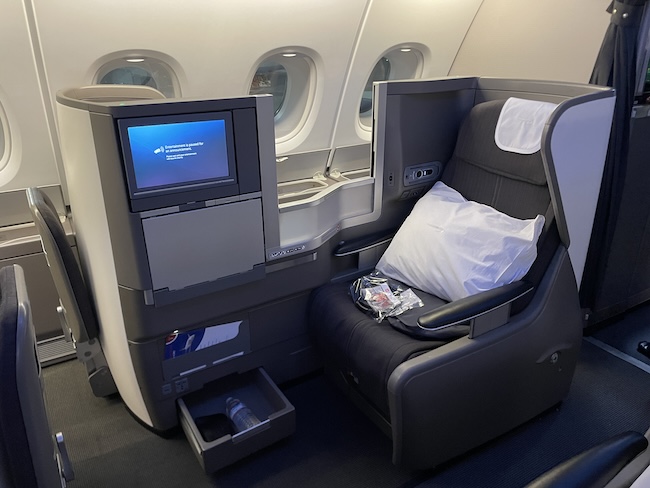
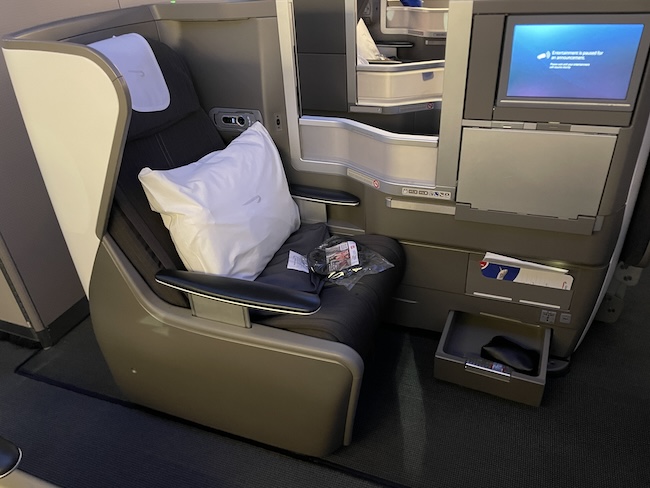
When it comes to the window seats, however, the opposite is true as they have the aisle seat to ‘protect’ them.
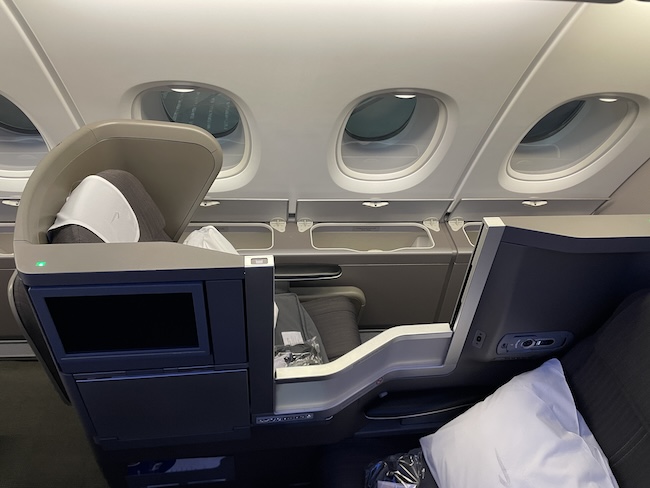
The issue with these seats (there’s no seat in this cabin with which there isn’t some sort of issue) is that they can feel compact and tight … because they’re compact and tight.
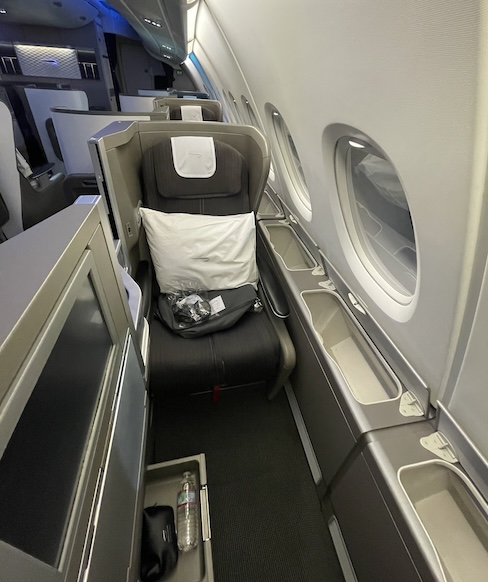
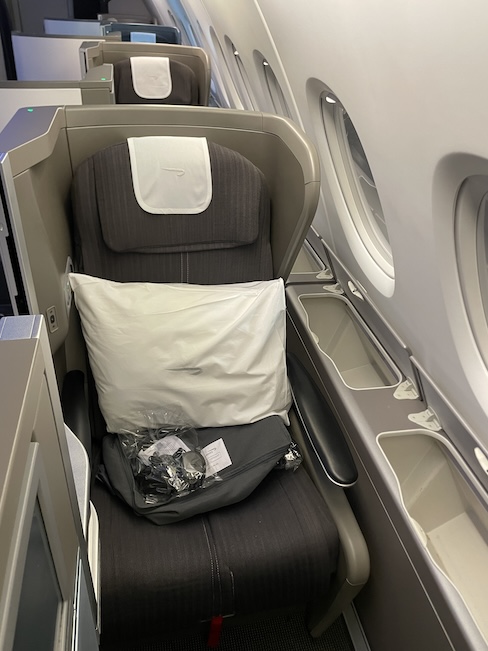
As this next image shows, there’s very little feeling of space in these seats.
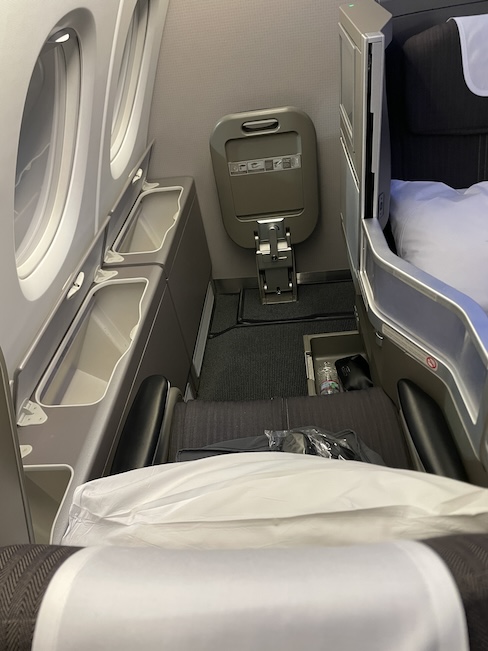
Given the choice, I will always choose a window seat over an aisle seat in this cabin as I’ll take cocoon-like conditions over being repeatedly nudged, but if you have any kind of dislike of confined spaces, the aisle seat may be better for you.
On this flight I was in seat 53K so I had, in my opinion, one of the best seats on the aircraft, and as you can see from the following image, even though I only had a very narrow gap through which to get to the aisle, there was nothing for me to clamber over to get there. My path was clear.
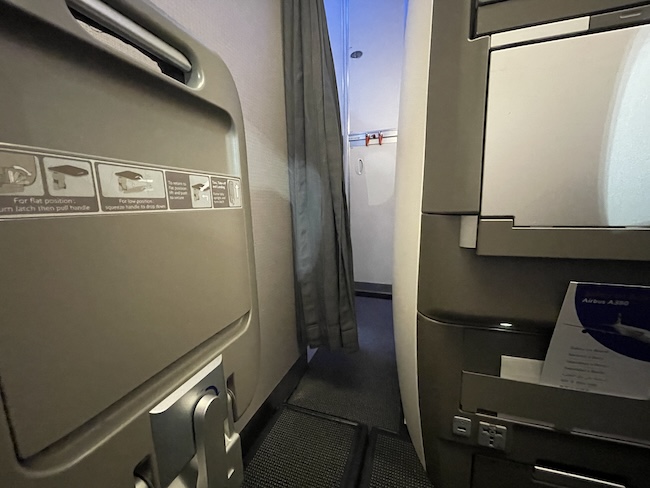
This was my seat.
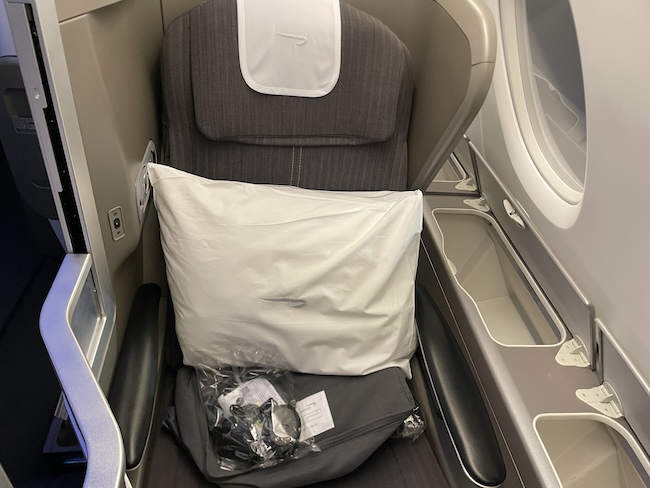
And this was my view once seated.
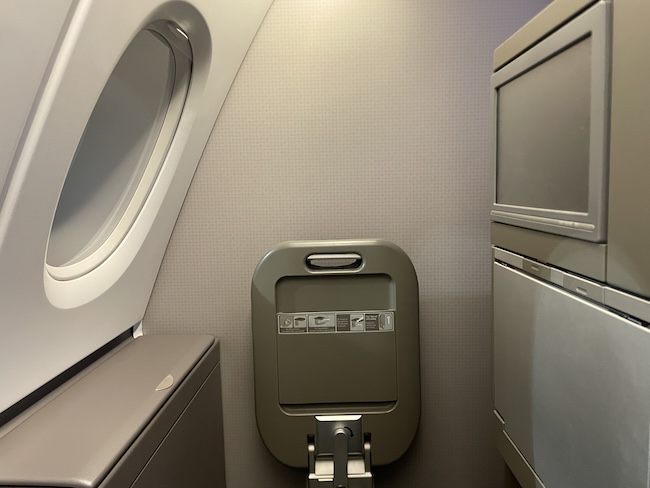
If you don’t happen to know the person in the seat next to you, the start and end of a flight can feel a little awkward.
For take-off and landing, the divider between the two seats must be lowered, and so because the two seats face in opposite directions, you can find yourself looking directly at the person seated next to you.

The ottoman at the end of the seat area can be pulled down, but it’s not sturdy enough to take the weight of a passenger, so don’t make the mistake of thinking that you could have someone join you at your seat for a chat.
The ottoman will collapse and possibly even break if someone tries to sit on it.
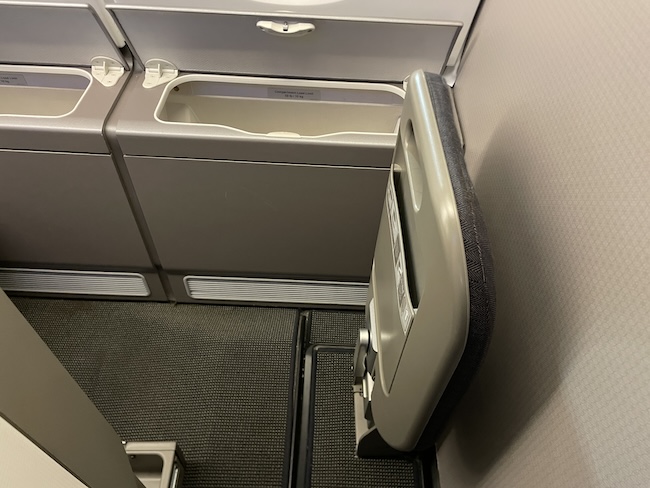
The ottoman can be used as a footrest or, when the seat is placed in lie-flat mode, it will form the last section of the bed (yes, as old as this seat is, it can still form a 72″ lie-flat bed).
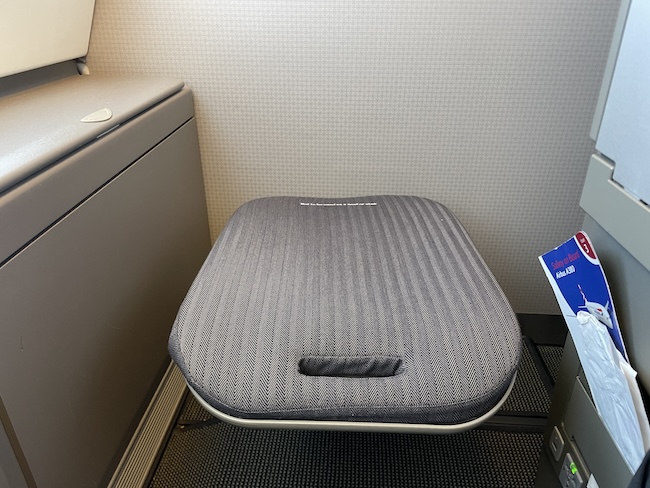
As I mentioned a little earlier, most Business Class seats on this aircraft are very short of storage space around them.
Unless you’re in a window seat on the upper deck, the only place you have to store any personal items is a small drawer at ground level.
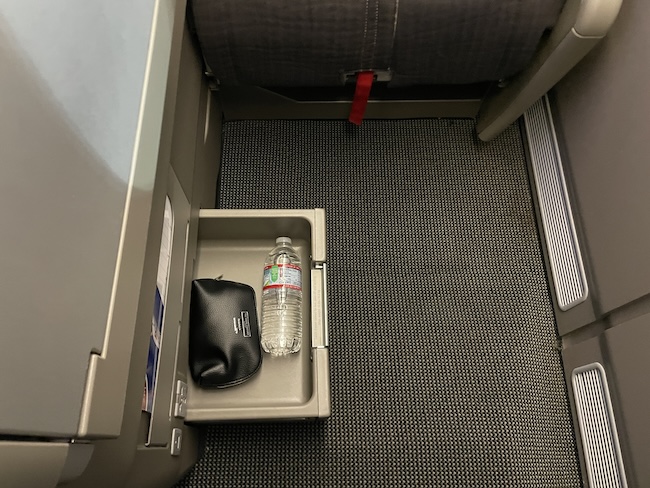
If what you have with you won’t fit into this drawer, it will have to go into one of the overhead bins.
Another key design flaw here is that because the drawer is at floor level, once a passenger reclines their seat or puts it into lie-flat mode, the drawer becomes inaccessible.
It even becomes inaccessible when the tray table is deployed.
What can be especially annoying is that the area next to the drawer is where the seat designers decided to put the one of the seat’s USB-A ports and the universal AC power outlet, so these also become inaccessible when a passenger deploys the tray table or extends their seat in any way.
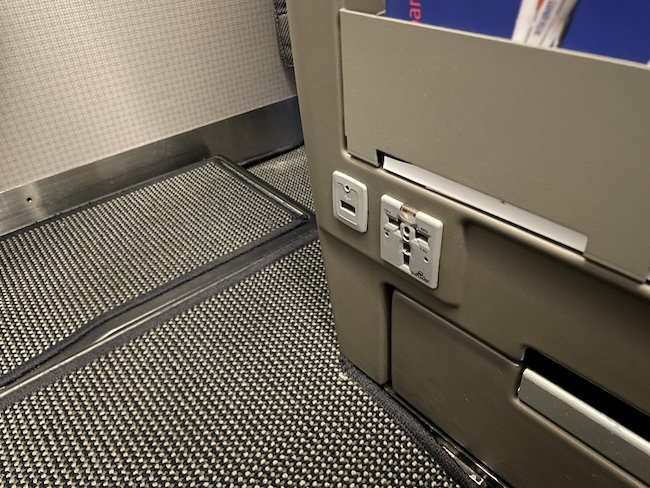
Speaking of the tray table … it deploys from the side wall and can be used as a half-table (if you’re just having a drink) …
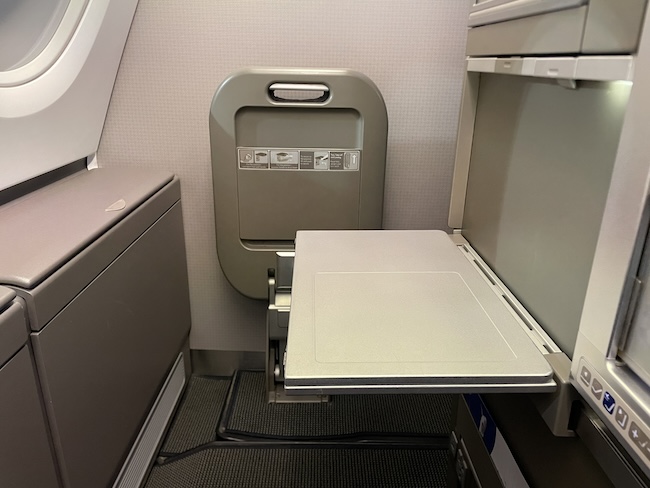
… or it can be fully extended.
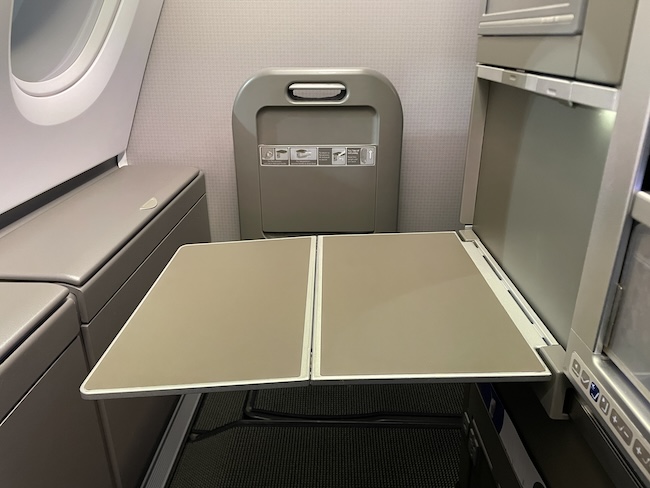
The table is a good size, and as you can see here, it will easily hold a 16″ MacBook.
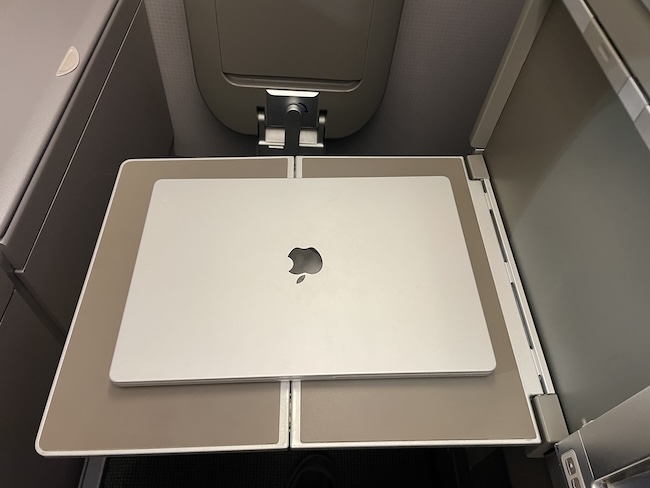
Unfortunately, that’s the only positive thing I can think to say about it. It’s a terrible table.
It’s about as stable as baby on a bounce house and I saw springboards at the Olympics that were more rigid.
The fact that it’s only attached to the seat on one side has always been the reason given for this table being so flexible and unsteady, but the fact is that there are several other types of tray table out there that are only mounted to the seat on one side and they don’t behave in the same way.
This is just another example of poor design.
The seat controls are found underneath the entertainment screen and are just about as basic as they can be.

They’re also showing their age as, often, you have to jab at them quite a few times before they will respond. Sometimes, they won’t respond at all.
The remaining electronics that the seat offers are to be found in the seat wall right next to the passenger, and this is where you’ll find the headphone input for the in-flight entertainment, the controller for the entertainment, a second USB-A port (which was inoperative on this flight) and some obsolete audio inputs that I doubt anyone has ever used.

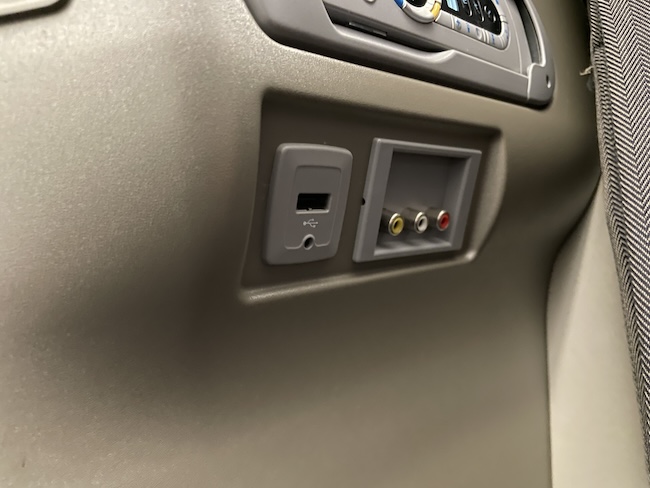
Above the seat you’ll only find the seatbelt and no smoking signs, so there are no overhead air nozzles or vents to allow passengers to control the temperature around their seat.
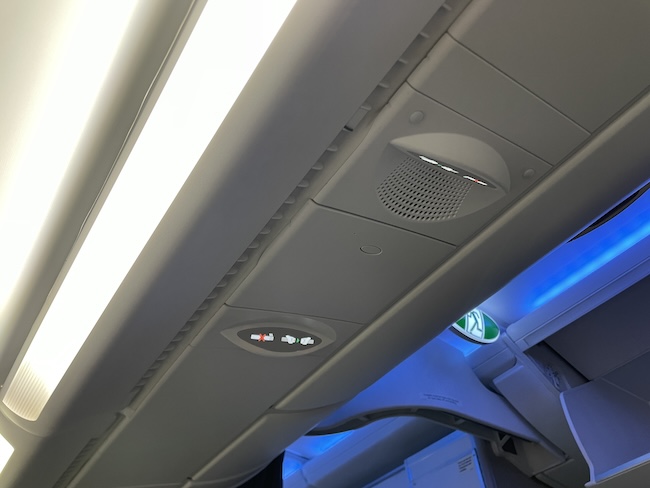
Overall and as is probably obvious by now, I have no love for this seat.
It’s not as bad as the abomination that Virgin Atlantic still offers on several routes across the Atlantic, but this is a seat that it so far past its best years that it should be in a museum (there’s a good aviation museum in Dallas, I’m sure it would fit in well).
If you’re in a window seat, you’re cocooned in (not in a good way), and you’ll have to clamber over your neighbor any time you want to get to the aisle.
If you’re in an aisle seat, you’re at the mercy of everyone and everything going past you as well as the person in the seat next to you who will, at some point (probably when you’ve just got to sleep), try to climb over you to get to the aisle.
In upright mode, the seat is actually pretty comfortable, but they way it cradles you (which can be nice) can make it a little harder to get up if you’re not fully mobile (or if you’re just not as agile as you once were).
In lie-flat mode the seat feels narrow and unsupportive (I did not get much quality sleep), and if you prefer to sleep on your front, you’ll find it impossible to get into a comfortable position.
If you sleep on your side, you’ll probably find the lack of lateral space an issue, but if you sleep on your back, you have the best chance out of anyone of getting some restful sleep.
The tray table is awful, the amount of storage space around most of the Business Class seats on this aircraft is pitiful, the location of the sole storage drawer and the main power outlet is ridiculous, and every time I get on this aircraft, I get the feeling that most of these antiquated seats are just one hard landing away from falling apart entirely.
This is not a good Business Class seat.
In-flight entertainment
The entertainment screen in the Business Class cabin deploys from the side wall at the push of a button (well, to be more precise, it usually takes multiple pushes) and it’s a 15.4″ screen.
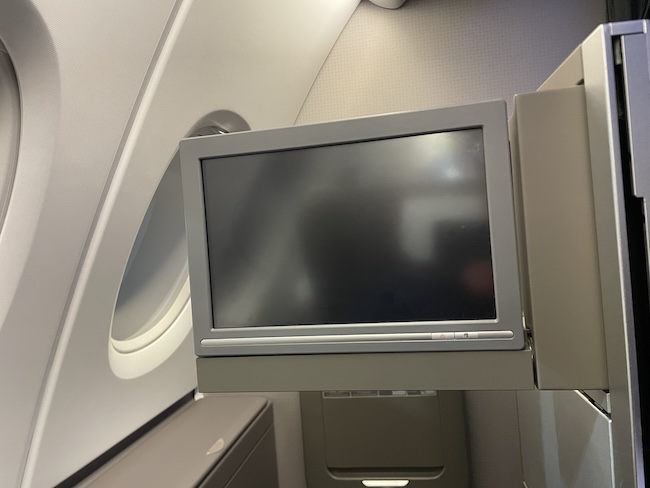
This is meant to be a touchscreen, but this one was so insensitive to touch that I had to use the controller, to move through the options.

Compared to the entertainment offered on BA’s more modern or updated aircraft, the entertainment options on the A380 seem to be more limited, with fewer episodes of certain TV series and possibly even fewer movies.
I confess, however, that as I didn’t make any use of the inflight entertainment, I can’t be sure how big (or small) the differences are.
What I can be sure of is that the quality of screen on the A380 is poor (it’s the worst screen that you’ll find in a British Airways long haul Business Class cabin) and that the entertainment interface can feel slow and clunky so prepare to get frustrated if you like to flick through your options quickly.

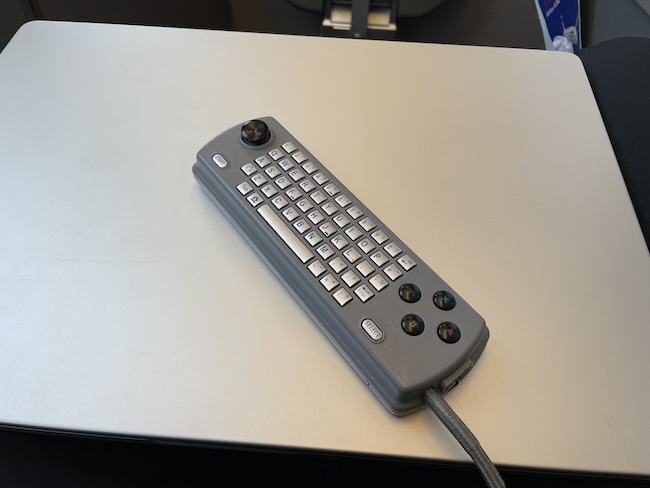
20 years ago, this was probably state-of-the-art. Today, it’s noticeably well out of date.
You can find what’s playing onboard right now (and on specific flights) by accessing this page of the British Airways website.
Wifi
I’d love to be able to tell you how good or bad the wifi was on this flight, but as it wasn’t working, I can’t.
What I can tell you, however, it that if it’s like the wifi on my other British Airways flights it will work very well part of the time and then drop out for no obvious reason.
Sometimes I seem to get a great connection while on others, I wonder if I’m back in the world of 1990s dial-up.
A key thing to keep in mind is that on some flights, the aircraft will travel out of the range of the satellite internet coverage so you may not get a continuous connection even if you pay for full flight access.

As far as pricing goes, this is what you can currently expect to pay on a flight of this length (you can pay in GBP, USD or Euro).


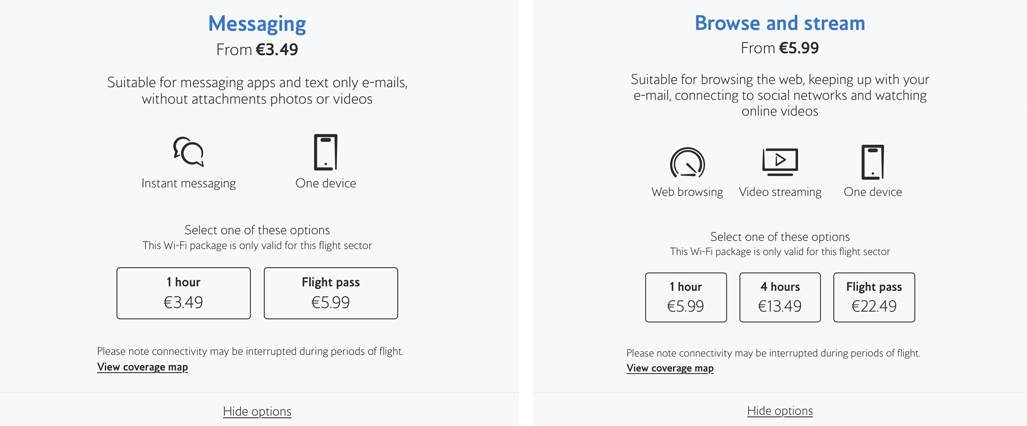
If you have a credit card that doesn’t charge foreign transaction fees, make sure you check what is the best currency to use.
At the time of writing, for example, you’ll find that it’s cheaper to pay in Pounds than Dollars and that it’s cheaper to pay in Euros than Dollars or Pounds. Clearly, this may change as the values of these currencies fluctuates.
Amenities
Upon boarding, Business Class passengers find three items waiting for them on their seats.
- A pillow.
- A bag containing a blanket and a thin mattress topper.
- Headphones.
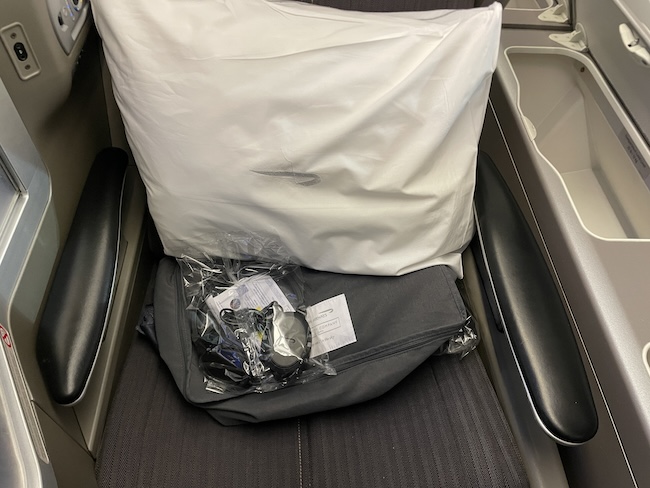
And they find a bottle of water and an amenity kit in the storage drawer.
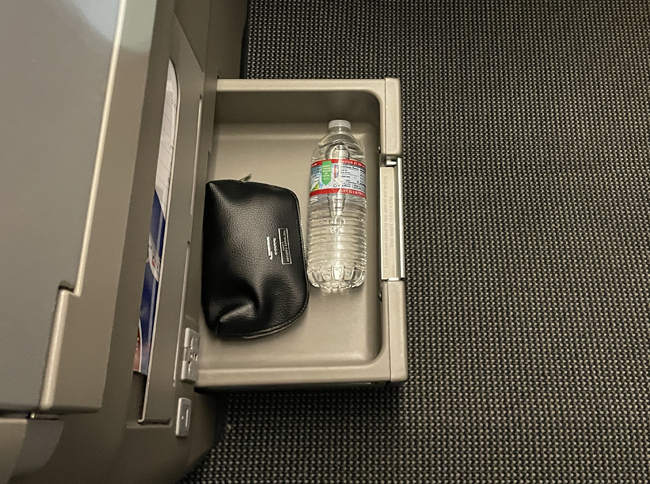
The bedding is by White Company and is, on the whole, just about ok.

The mattress topper is thin (I find it slides around and gets in the way so I don’t bother using it), but the blanket is much better. Isn’t not in the same league as the blanket you’ll find in Qatar Airways Business Class, but it does an ok job.
The Business Class amenity kit that British Airways offers (also by White Company) seems to have been around for years (although not as long as this cabin) and is pretty standard.
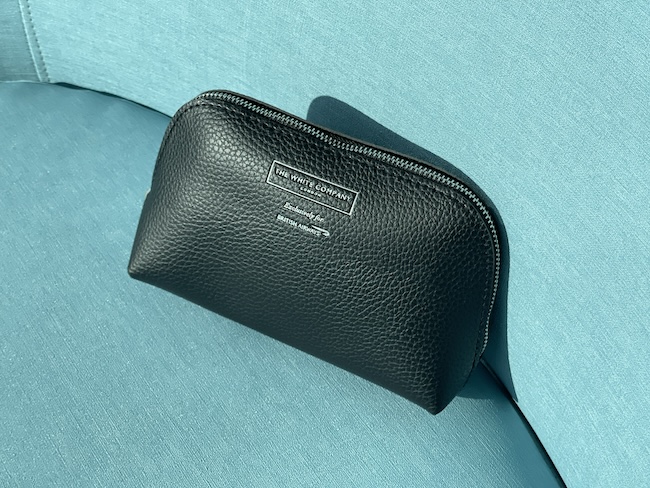
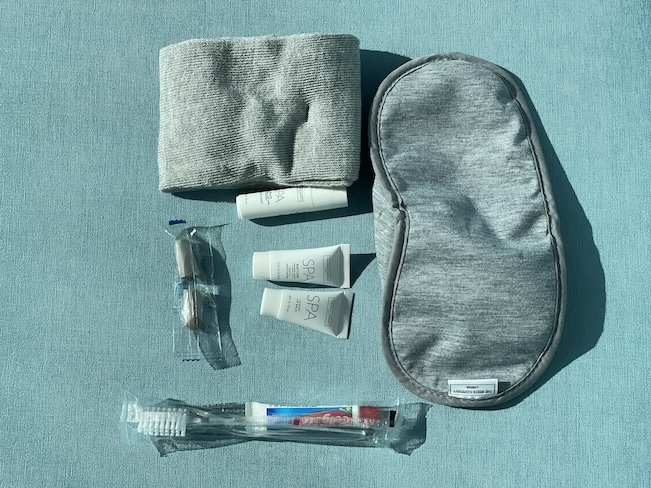
The contents include an eye mask, socks, earplugs, a toothbrush and small tube of toothpaste, a lip balm, a moisturizer and some kind of relaxation spray.

Overall, there’s not much to get excited about here and this is all pretty standard stuff for US/UK/European transatlantic Business Class.
Dining and service
Drinks were offered shortly after boarding commenced (choice of champagne, orange juice, or water) …
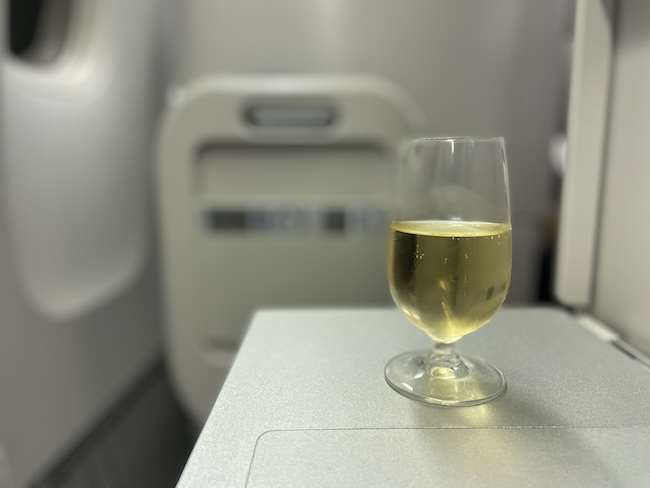
… and the menu was handed out shortly after.
After we levelled out, more drinks (with a packet of ‘nut mix’) were offered and meal orders were taken.
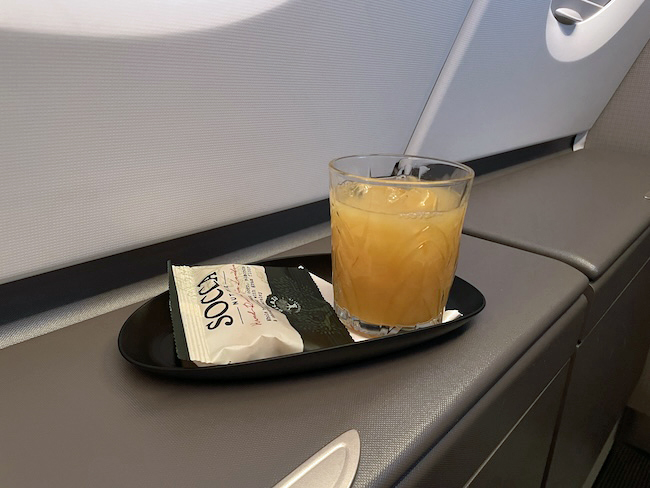
This was an evening flight so dinner was being served.
British Airways doesn’t offer a dine on demand service, so you’re at the mercy of the cabin crew if you want to dine and you’d like to maximize your sleep time.
On flights as long as this one, you can usually get away with eating onboard and still having enough time to get a good few hours of sleep/rest, but on shorter flights (especially from the East Coast), you would be advised to dine in the lounge and to then try to get some rest as soon as you’re onboard because dinner services can drag.
The menus

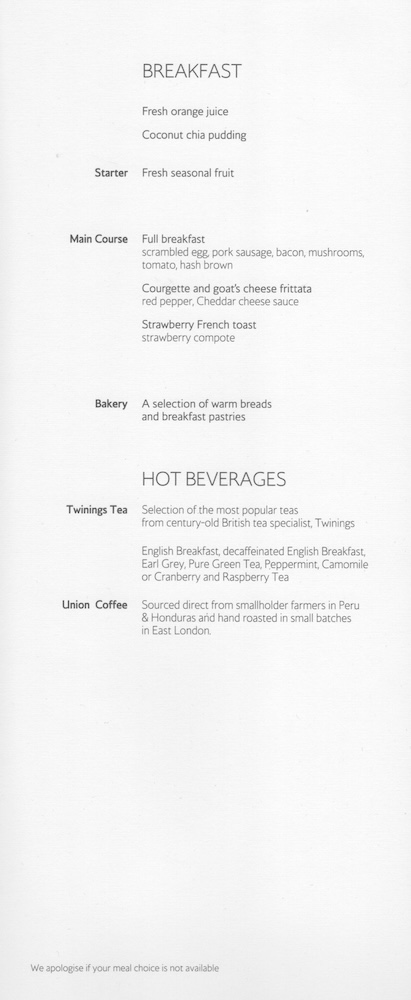


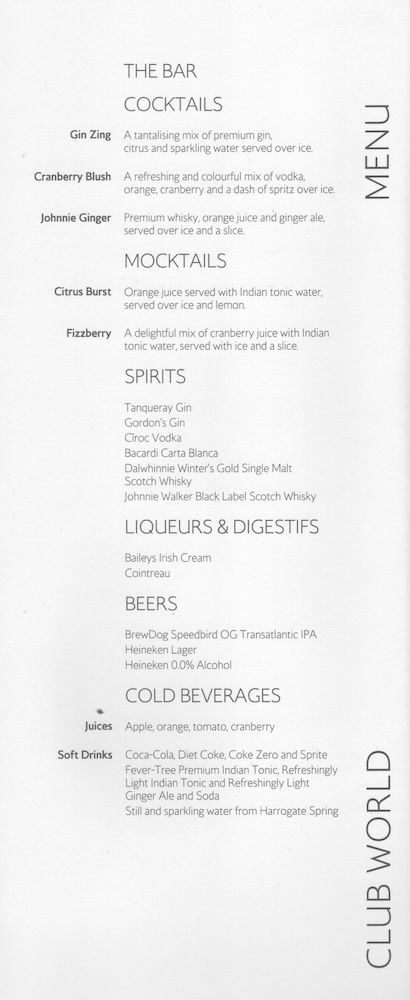
The dinner service started around 45 minutes after we took off and I started with the smoked salmon and avocado tartare with yuzu cream which I really liked. It was excellent.
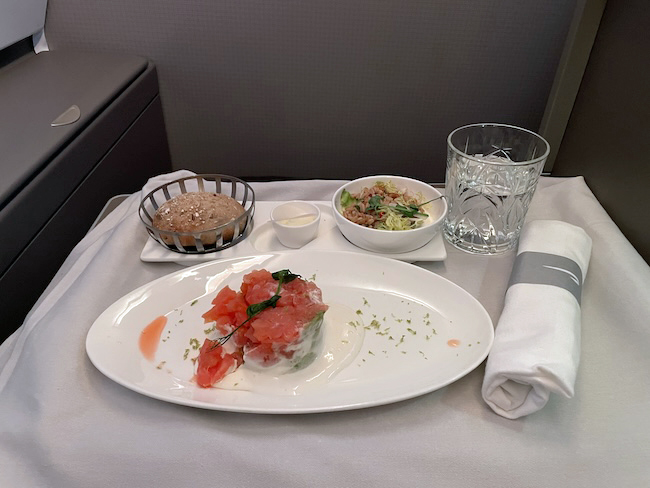
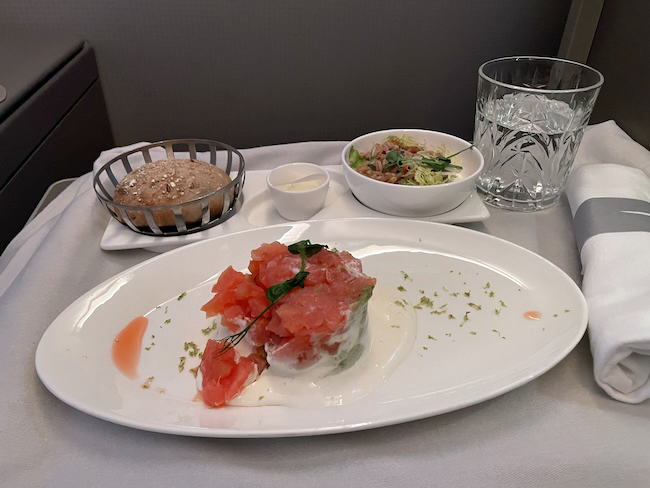
What I liked less was the odd little salad that was served on the side.
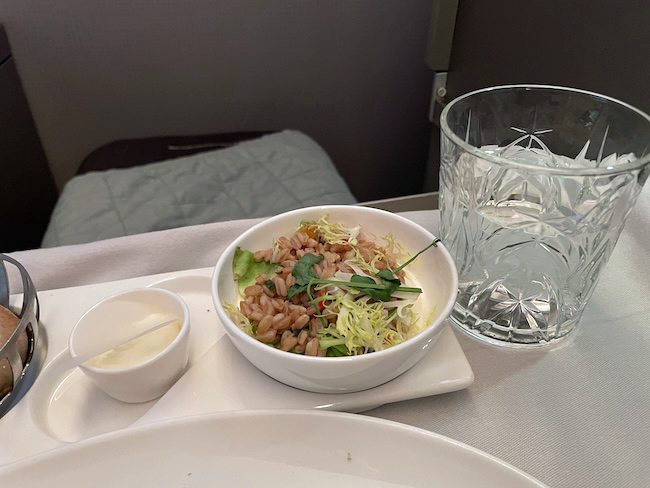
The bed of greenery was quite bitter, and the oat-like topping wasn’t like anything I’ve ever had in a salad before.
The best way to describe what it was like is to say that it tasted like something I imagine you’re served at an overpriced ‘health spa’ when they decide that you need to shed a few pounds. It tasted like a cross between dry oatmeal/porridge and wood shavings.
The main course, however, got things back on track as I had ordered the braised beef cheek with pecorino polenta, grilled asparagus, sugar snap peas, broccolini, and a beef jus which I knew was going to be good.
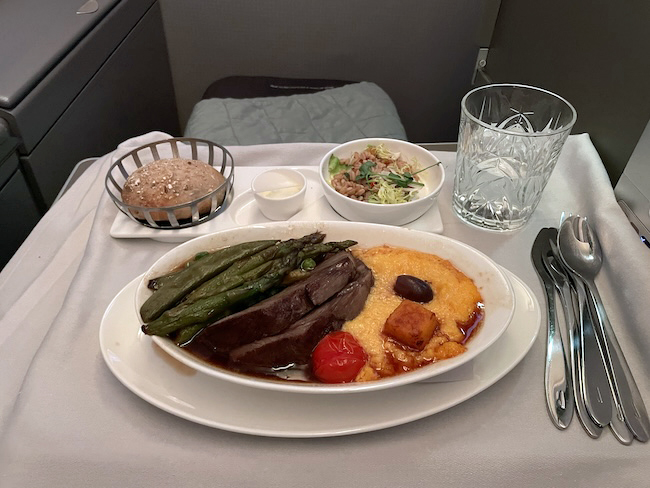
I’ve had this on at least a couple of other British Airways flights and it has been flavorful, tender, and generally very nice on each occasion. It didn’t disappoint this time either. If you see this offered on one of your British Airways flights and you’re not a vegetarian/vegan, order it. You’re unlikely to be disappointed.
The crew all seemed very friendly and appeared to be doing their best to keep everyone happy, but service was a bit slow. The first two courses took a little over 100 minutes to serve and to clear away so as I wanted to get a bit more work done before I tried to get some rest, I declined dessert and on the off chance that I got to sleep, I asked to be woken for breakfast.
Around 90 minutes before we were due to land, breakfast was served.
I opened up with fresh seasonal fruit, coconut chia pudding a pain au chocolat.
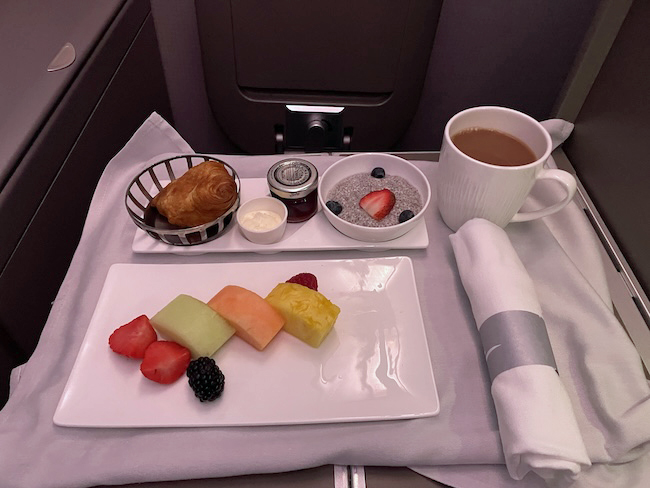
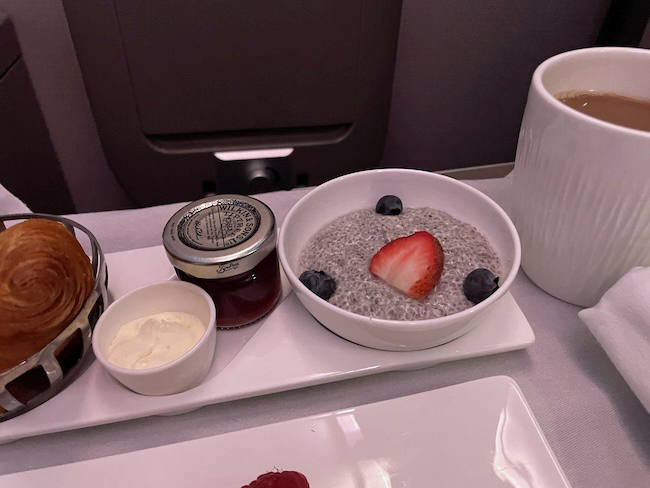
And as I’m not a fan of the scrambled eggs that most airlines serve (which ruled out the ‘full breakfast’ option), I followed this up with strawberry French toast and strawberry compote.

The fruit was very nice – fresh tasting and not over-chilled – and so was, surprisingly, the coconut chia pudding (don’t let the fact that it looks a bit like frog spawn put you off).
When first served, the French Toast was hotter than the surface of the sun, but once it cooled and I felt confident that it wasn’t going to melt the cutlery, I got to try it and discovered that it wasn’t bad.
It wasn’t good for me either, but it gave me a good injection of energy to make up for my lack of sleep.
Overall, the food was mostly pretty good (the smoked salmon tartare and the beef cheeks took top honors) and aside from the odd side salad, I have no complaints.
The service was friendly and smiley (as I have come to expect from BA’s crews) but dinner was slow and had this been a later flight, that would have been a bigger issue for anyone who wanted to dine on board and have enough time for some sleep.
Final thoughts
As an aircraft, the A380 is a wonderful piece of engineering, and it still amazes me that something as big as and cumbersome as this can actually get into the air (watch an A380 lumbering down a runway and you’ll see what I mean).
Engineering wonder aside, however, the British Airways A380 Business Class cabin is one to avoid if you’re booking transatlantic Business Class.
Everything about the cabin is out of date, the seats are either too confining or too exposed, the seats are not comfortable in lie-flat mode, most of the seats have woefully little storage, the tray table has more in common with a trampoline than a table, the entertainment system is sub-par, and there are no air nozzles to help you cool down your seat area when the crew forget that the heating is set to maximum.
Options like the American Airlines 777-300ER Business Class cabin, the United Airlines 777 Polaris cabin, the Delta One suites, and even BA’s own Club Suite are all vastly superior to this relic of year gone by, and all of those options offer passengers a lot more comfort and probably even a lot more value for money.
Yes, I know this cabin still has fans (I don’t understand them, and I think they’re nuts), but it should have been consigned to history years ago.
Unfortunately, it will continue to be offered by the British Airways A380 until at least 2026 and for that reason, anyone crossing the Atlantic with BA should choose their flights with care.

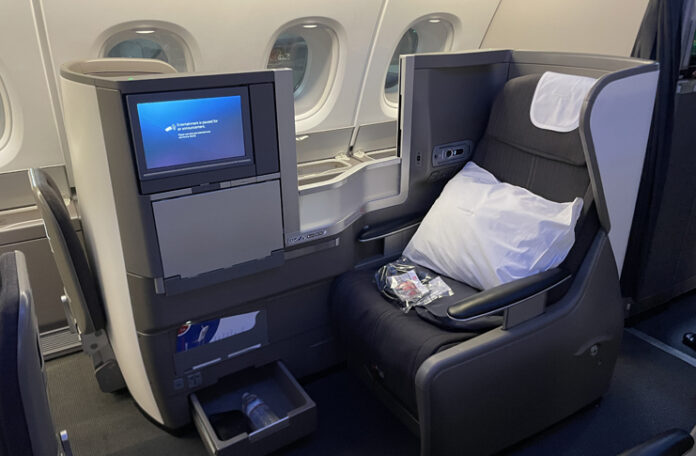
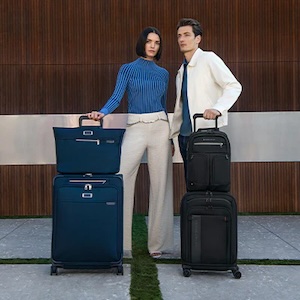
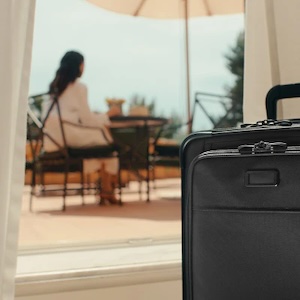
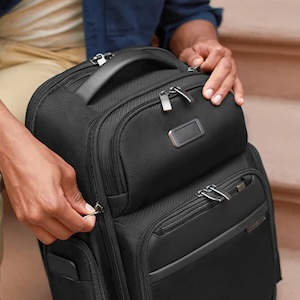
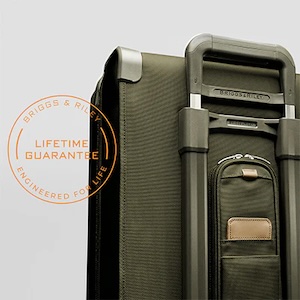
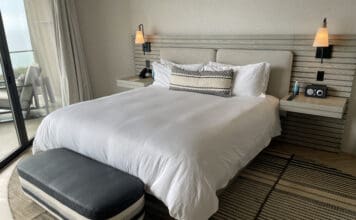

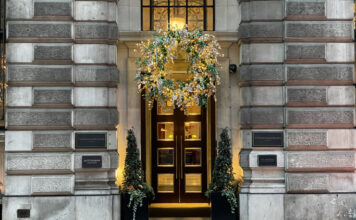
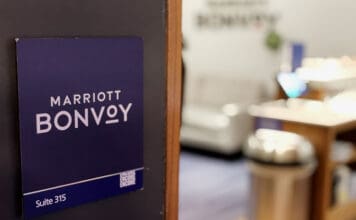





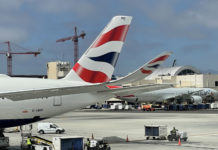


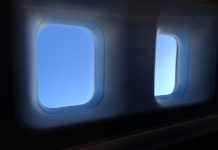

BA’s US-based ground crews are generally not customer-focused. I’ve seen the same issue with BA ground crew at multiple US airports.
I’ve experienced a roughly equal split between this and the Club Suite. I’ll be ‘suffering’ this older seat to Singapore return in a few weeks, but am willing to tolerate it in 53A/K on the A380! However, I’m pre-managing my expectations in terms of everything functioning! Thanks for another comprehensive review.
I agreee 100% with your review. Flew the same A380 from SFO TO LHR and back twice this year.I got Food poisoning by the Old shrimp Meal, they wrote a Report and nothing happened?
SFO to MAD via LHR A380
MAD to SFO via LHR A380
Coming soon, SFO to DXB via LHR (yuk)
Service & Food suck Big time.
BA Club long haul special meals are generally utterly appalling. A main might be a ready meal-style $1 pasta dish or the cheapest possible chickpea curry.
The airline services on generally good staff, enough alcohol to get passengers drunk and Airmiles.
Never again. This aircraft by BA is simply horrible.
Just looking at the photos I have a sense of such relief that I was able to cancel seats on this aircraft in 2022. It just looks foolish (if you’re traveling with someone you know), and absolutely insane if you’re seated beside a stranger looking at you in that little peek-a-boo window between the seats. Add in the need for yet a 3rd passenger to climb over the person in the aisle seat and it sounds like the most unpleasant way to fly business class.
FYI: The reading light is built into the seat, above your shoulder